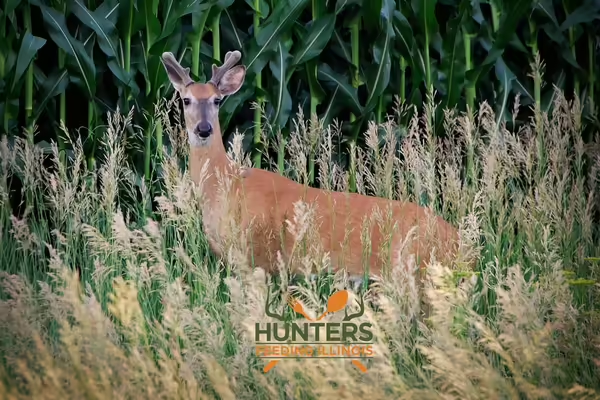
PEORIA, Ill. - A vital source of lean protein is now reaching even more families in Tazewell and Woodford Counties thanks to the expansion of the Hunters Feeding Illinois program through partnership with Healthy Eating Active Living (HEAL) Food System Partners. Hunters Feeding Illinois brings together local hunters, meat processors, and food pantries into a collaboration that helps fight food insecurity by providing nutritious ground venison to those in need.
Through the generosity of local hunters and the dedication of all the partners involved, 35 donated deer resulted in 2,408 pounds of ground venison distributed to families in Tazewell and Woodford Counties. This venison, processed, and packaged by Bittner’s Meat Company in Eureka was supplied to four area food pantries, ensuring that families have access to a high-quality, lean protein source at a time when grocery prices continue to rise.
“Food access remains a critical issue for many families,” said Rebecca Crumrine, University of Illinois Extension SNAP-Ed educator. “Venison is an excellent source of lean protein, and thanks to the generosity of hunters and our strong community partnerships, we can provide a healthy, sustainable option for families struggling with food costs.”
The impact of Hunters Feeding Illinois extends beyond just these two counties. As part of a larger network spanning 44 counties, the program distributed a total of 25,794 pounds of frozen, ground venison to 54 food pantries across east-central and southern Illinois during the 2024-2025 hunting season. This translated into an estimated 97,000 meals, reaching nearly 49,800 families throughout the state.
“The rising cost of groceries continues to challenge families, making initiatives like this even more essential,” added Crumrine. “Hunters Feeding Illinois is about more than just providing food—it’s about strengthening our communities and ensuring that families have the nutrition they need to thrive.”
Looking ahead to the next hunting season, the program seeks continued support from local hunters and donors to sustain and expand its reach. Those interested in learning more, making a contribution, or donating deer can visit go.illinois.edu/deerdonation or follow Hunters Feeding Illinois on Facebook for updates and ways to get involved. For information on the local Hunters Feeding Illinois work in Tazewell and Woodford counties you can contact Illinois Extension SNAP-Ed Educator Rebecca Crumrine.
By coming together—hunters, processors, food pantries, and community partners—Hunters Feeding Illinois is making a real difference, one meal at a time.
Rebecca along with 27 colleagues who lead the Hunters Feeding Illinois program were recognized at the 2025 Annual Illinois Nutrition Education Program Conference with a Team Effort Award for excellence in collaborative spirit, dedication, and outstanding contributions of working together.
PHOTO CAPTION
The Hunters Feeding Illinois program gave local hunters the avenue needed to donate deer meat to local food pantries. In the 2024-2025 hunting season, 35 deer were donated which resulted in 2,408 pounds of ground venison processed by Bittner’s Meat Company and distributed to families in need through four food pantries in Tazewell and Woodford counties.
University of Illinois Extension develops educational programs, extends knowledge, and builds partnerships to support people, communities, and their environments as part of the state's land-grant institution. Extension serves as the leading public outreach effort for University of Illinois Urbana-Champaign and the College of Agricultural, Consumer and Environmental Sciences in all 102 Illinois counties through a network of 27 multi-county units and over 700 staff statewide. Extension’s mission is responsive to eight strategic priorities — community, economy, environment, food and agriculture, health, partnerships, technology and discovery, and workforce excellence — that are served through six program areas — 4-H youth development, agriculture and agribusiness, community and economic development, family and consumer science, integrated health disparities, and natural resources, environment, and energy.